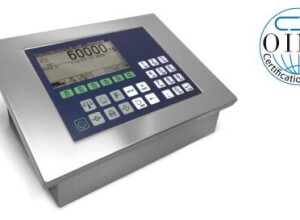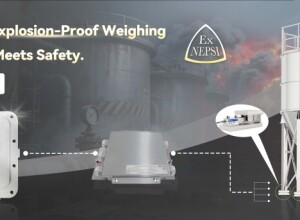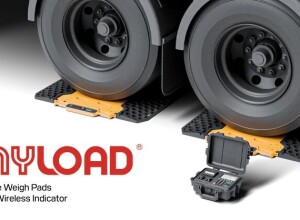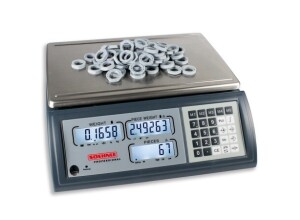Calibration Procedures & Best Practices
Calibration ensures weighing systems provide accurate and reliable measurements. Following proper procedures and best practices is essential for compliance, quality assurance, and operational efficiency.
Calibration Types
- Internal Calibration: Built-in calibration using reference weights within the device.
- External Calibration: Using certified test weights or master scales.
- Routine Verification: Frequent checks to detect drift or errors between full calibrations.
Best Practices
- Follow manufacturer guidelines for calibration intervals.
- Use certified calibration weights traceable to national standards.
- Document all calibration procedures for quality assurance and audits.
- Ensure scales are at stable temperature and on a level surface during calibration.
Applications
- Industrial platform and truck scales for compliance and accuracy.
- Laboratory balances and precision scales.
- Checkweighers and dynamic weighing systems.
- Retail, medical, and food industry scales.
Advantages
- Maintains measurement accuracy and consistency.
- Reduces risk of non-compliance and regulatory penalties.
- Improves operational efficiency and customer trust.
- Extends the lifespan of weighing equipment.
Maintenance Tips
- Keep calibration weights clean and protected.
- Verify environmental conditions before calibration.
- Regularly inspect scales for wear, damage, or misalignment.
- Use professional services for complex or high-capacity systems.

























